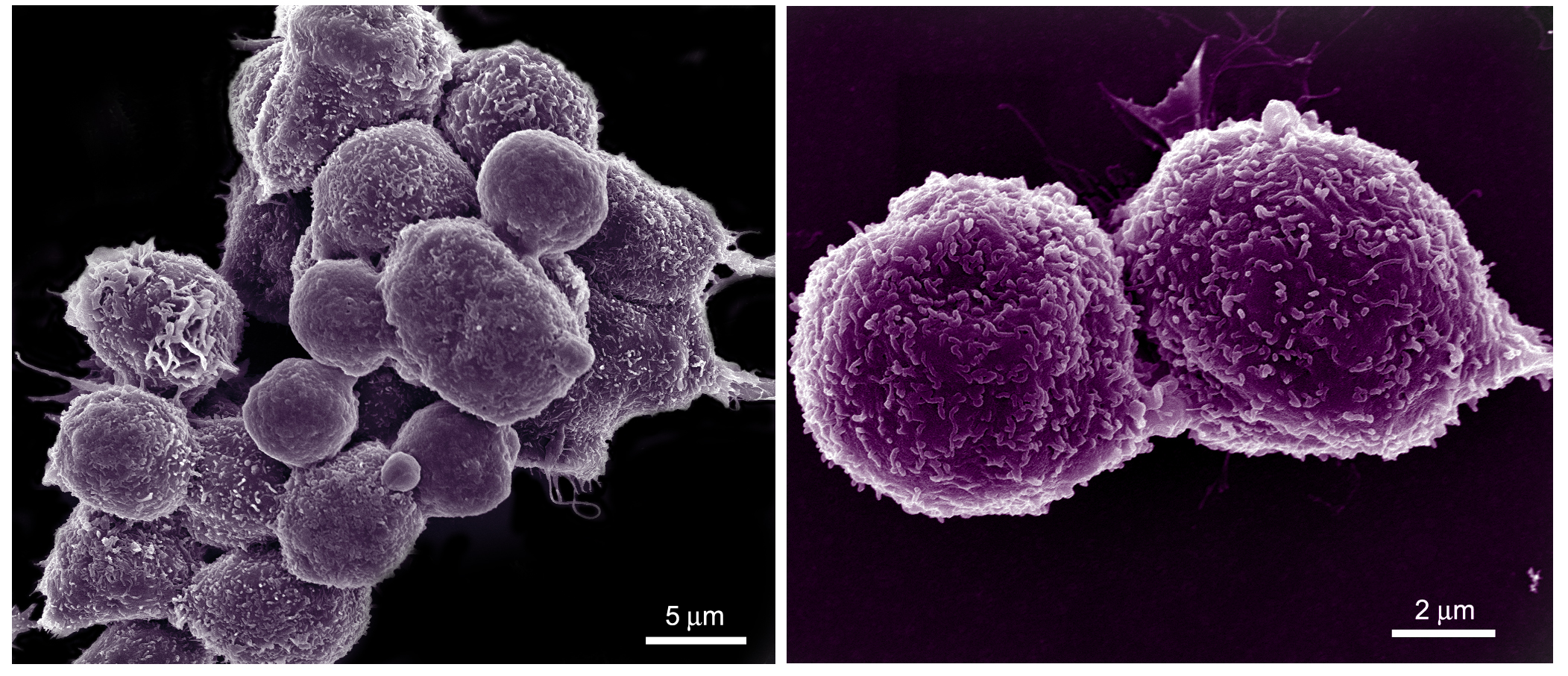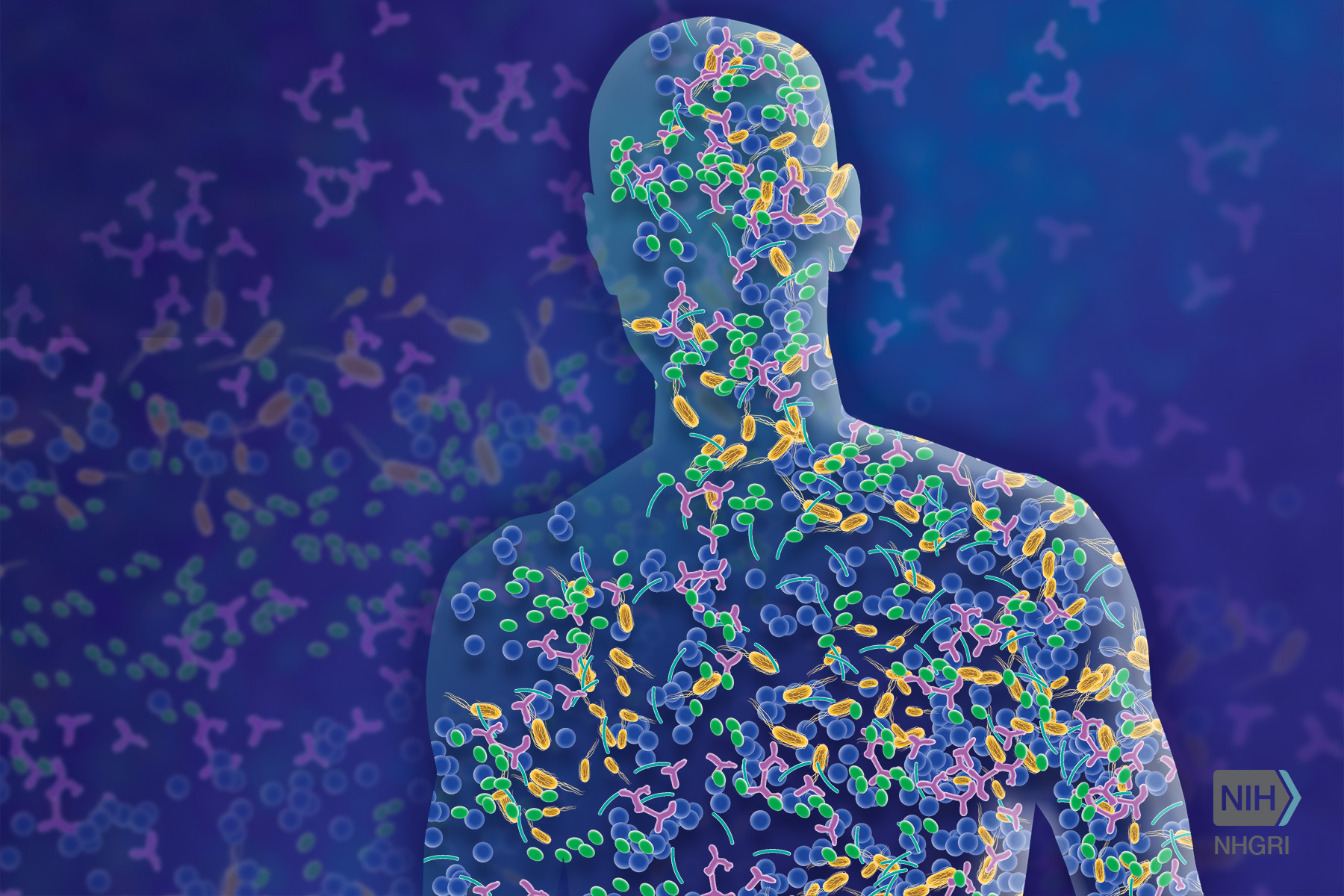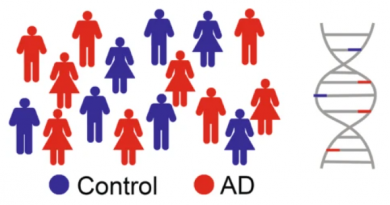A potential Achilles’ heel of breast cancer bone metastasis
Researchers have found that the bone microenvironment can promote the growth and progression of breast cancer micrometastasis, a small group of cancer cells that separates from the original tumor and migrates to the bone. Furthermore, bone support can contribute to full-blown metastasis that is strongly associated with poor prognosis.

“The early steps that encourage micrometastasis to grow and develop in this environment are not completely understood,” said Dr. Hai Wang, instructor at the Lester and Sue Smith Breast Center in the lab of Dr. Xiang ‘Shawn’ Zhang. “In this study, we further explored interactions between the bone microenvironment and cancer cells in bone metastasis.”

Working with mouse models and with cancer cells in the lab using their bone-in-culture array, an experimental system in which they can mimic the interactions between cancer cells and bone cells, the researchers determined that bone cells called osteogenic cells and cancer cells establish a physical connection through gap junctions.
“These gap junctions work like a tunnel through which calcium travels from the osteogenic cell to the cancer cell. The transfer of calcium can promote the early outgrowth of tumor cells that could lead to major bone metastasis,” said Zhang, associate professor of molecular and cellular biology and the Lester and Sue Smith Breast Center, and member of the Dan L Duncan Comprehensive Cancer Center.
The ‘seeds’ and the ‘soil’

“Blocking the calcium transfer that takes place through gap junctions as well as the activity of the mTOR pathway we previously determined results in cancer cells dying or having difficulty growing because they are lacking the support of the osteogenic cells,” said Zhang, who also is a McNair Scholar at Baylor. “This observation suggested a potential Achilles’ heel in micrometastasis that could be manipulated with medications to reduce the risk of full-blown metastasis.”
The researchers then tested in the lab drugs that already have been approved for other conditions and found exciting results.
“A very short treatment that combined the drug everolimus, an mTOR inhibitor, and arsenic trioxide that affects calcium transport, significantly suppressed growth of bone metastasis in our mouse model,” Zhang said.
I think that conceptually, these results are telling us that when studying cancer biology, we cannot ignore the microenvironment. We do need to consider the ‘seeds’ and the ‘soil’ in its entirety, rather than studying the seeds separate from the soil,” Wang said.
“It was clear in our study that binding to bone cells rewires cancer cells so profoundly that they can become resistant to therapies they were expected to be sensitive to. They also may become sensitive to drugs that would not have been considered for cancer treatment.”
“We hope that with this and other studies in the lab we can achieve a better understanding of the ‘conversation’ between cancer and bone marrow, so we can stop cancer cells before they disseminate to other places,” Zhang said. “Although the drugs we tested have already been approved by the Food and Drug Administration to treat other conditions, there is still a number of steps that have to be fulfilled before they can be offered to treat micrometastasis in bone.”
Learn all the details of this study in the journal Cancer Cell.
Other contributors to this work include Lin Tian, Jun Liu, Amit Goldstein, Igor Bado, Weijie Zhang, Benjamin R. Arenkiel, Zonghai Li, Meng Yang, Shiyu Du, Hong Zhao, David R. Rowley, Stephen T. C. Wong and Zbigniew Gugala. The authors are affiliated with one or more of the following institutions: Baylor College of Medicine, Shanghai Jiao Tong University School of Medicine, China-Japan Friendship Hospital, Houston Methodist Research Institute and the University of Texas Medical Branch, Galveston.
This study was supported by the U.S. Department of Defense (grants DAMD W81XWH-16-1-0073 and DAMD W81XWH-13-1-0296), the National Cancer Institute (grant CA183878), the Breast Cancer Research Foundation, and the McNair Medical Institute. Further support was provided by the National Institutes of Health (grants U01188388 and U54CA149196), the Cancer Prevention and Research Institute of Texas (RP110532-C1), the John S. Dunn Research Foundation, the Pathology Core of Lester and Sue Smith Breast Center, the Dan L. Duncan Comprehensive Cancer Center and the Cell Sorting Core at Baylor College of Medicine.



